Updated
11 min read
Understanding the Mobile App Development Ecosystem

So, what is a mobile application ecosystem?
It’s actually a collection of things, from app popularity and user ratings to software development tools and devices.
The word “ecosystem” itself refers to the connection between apps as well as to processes and people using those apps.
In this article, we’ll review key components of the mobile app development ecosystem broken down in four phases so mobile app developers and entrepreneurs are better prepared to develop and distribute mobile apps.
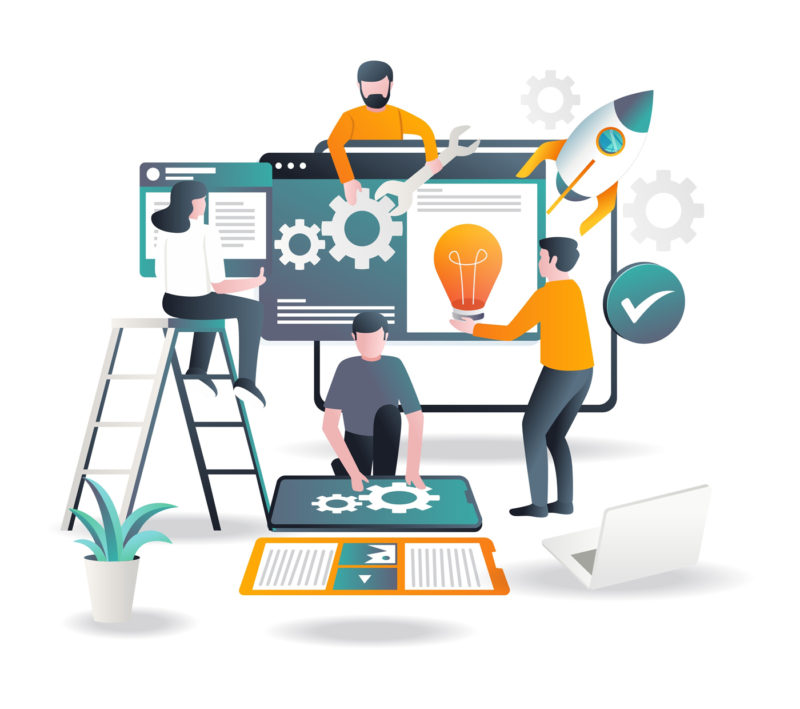
Table of Contents
- Mobile App Planning
- App Store Analytics
- Third-Party Partners
- Mobile Application Development
- Design Your App
- Develop Your App
- Validating Your App
- Mobile App Discovery
- Mobile App Distribution Through App Stores
- App Store Optimization
- App Acquisition Partners
- Mobile App Monetization
- In-App Purchases
- Freemium and Subscription Models
- Advertising
- Payment Solutions
Chapter #1: Mobile App Planning
With the explosion of mobile apps on the app store in the past several years, thorough planning has never been more important than it is today to keep ahead of the competition.
The planning stage encompasses many things, like who your target audience is, marketing your app, the tech stack you’ll use, features you’ll need to code, and so much more.
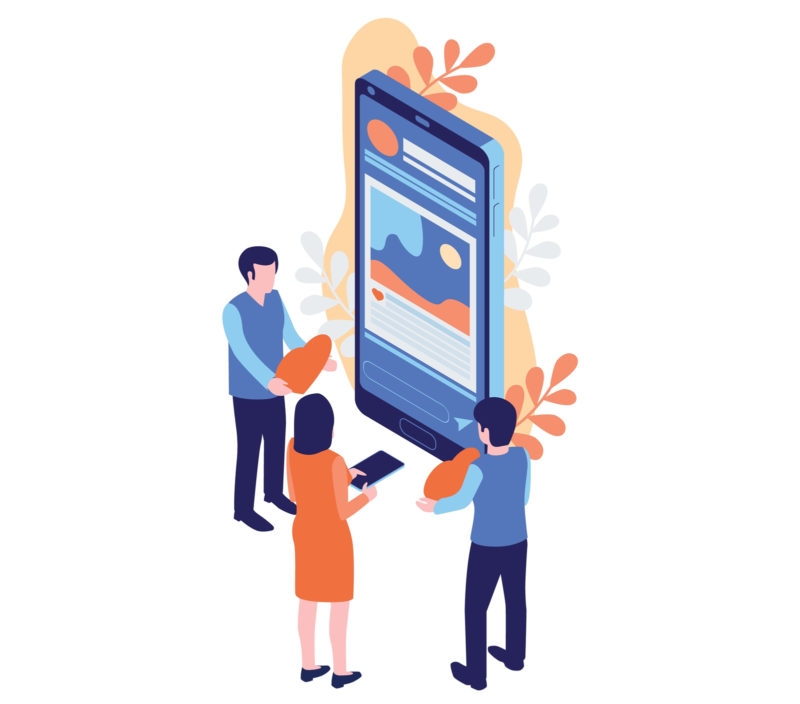
Should you build your app for Android, iOS, or both? Developing for Android will require developers who are proficient in the Java programming language.
iOS app development, on the other hand, will require you to find developers who can code in Swift or Objective-C.
1.1 App Store Analytics
App Store Analytics serve as a powerful tool for developers, providing invaluable insights into user behavior, download patterns, user retention, and engagement metrics.
This kind of data can inform iterations to the app, driving improvements that enhance user satisfaction and overall app performance.
These analytics can also provide information on the effectiveness of marketing campaigns, enabling developers to refine their strategies based on what resonates with their audience.
In the mobile app planning stage, analytics hold a crucial role. Developers can use these insights to understand market trends, identify potential gaps in the app market, and tailor their app’s features and functionality accordingly.
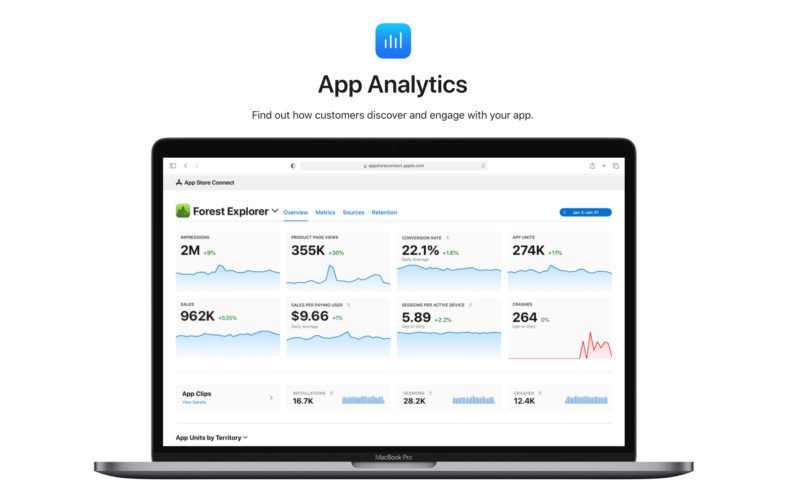
1.2 Third-Party Partners
One way to gain a better understanding of app analytics is to leverage third party partners and software.
For example, App Annie is a popular business that specializes in helping mobile app developers better understand the app store ecosystem.
While they don’t publish apps directly, they do provide helpful market and analytic insights for various mobile devices and app stores.
Mobile app developers can learn what markets are experiencing the most growth by analyzing app trends based on the number of downloads and revenue from all over the world.
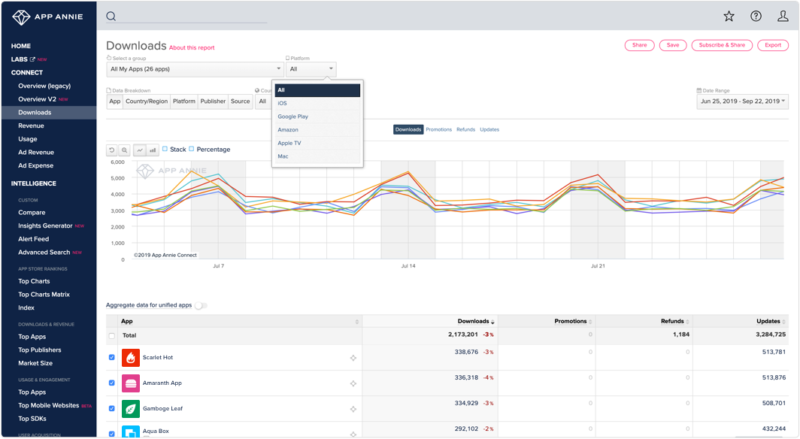
Their suite of tools can also be used to understand the competition and learn more about the mobile industry landscape through tracking various metrics, like app downloads, app usage, revenue, and engagement.
Chapter #2: Mobile Application Development
The actual process of coding an app is a lengthy one, but one could argue that it’s the most crucial component in the mobile app ecosystem.
App development could take days, weeks, or months, depending on the complexity of the app. This involves not only coding, but designing and testing your app before it launches.
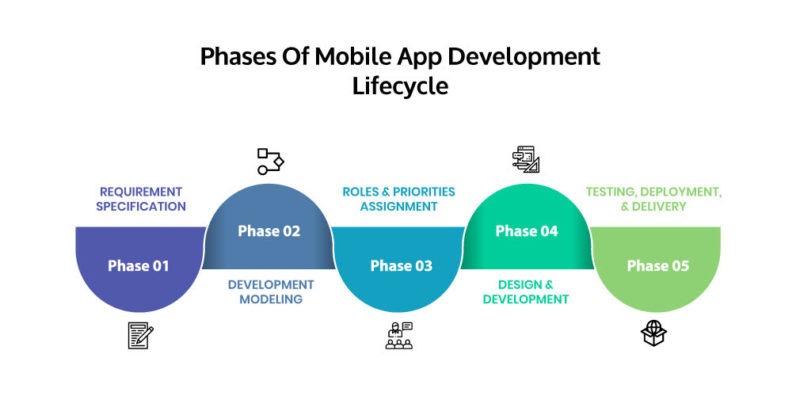
Photo Credit: vocal.media
Fortunately, with the increasing number of mobile apps in the app store, the number of tools and services that can help streamline the process have also increased, from simple drag-and-drop templates to more advanced SDP packages for developers.
2.1 Design Your App
Design elements of an app, like graphics, animations, and buttons, coupled with the overall page flow, profoundly influence the user experience.
They serve as the bridge between users and the app’s functionality.
Aesthetically pleasing, intuitive design can enhance user engagement, making the app feel more accessible and enjoyable to navigate.
On the other hand, a poorly designed app – marked by confusing navigation, unappealing aesthetics, or slow response times – can lead to user frustration and ultimately app abandonment.
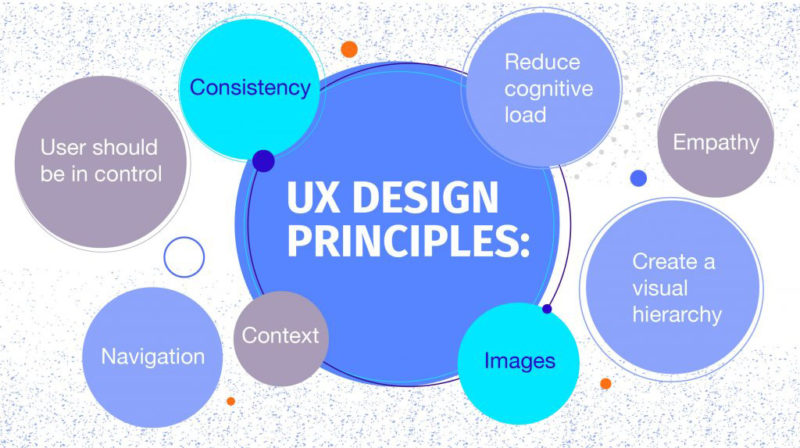
PRO TIP:
Create mockups and wireframes when designing your app and use them to gather feedback on your app’s design, flow, and user interaction.
2.2 Develop Your App
Once wireframes have been finalized, the next step in the app development process is to start coding your app using a chosen programming language as well as utilizing necessary underlying mobile technologies for the desired platform.
Developers can choose to build a native app, which can leverage mobile devices capabilities and provide optimal performance, or web apps, which use HTML5 and allow for easier usability across platforms.
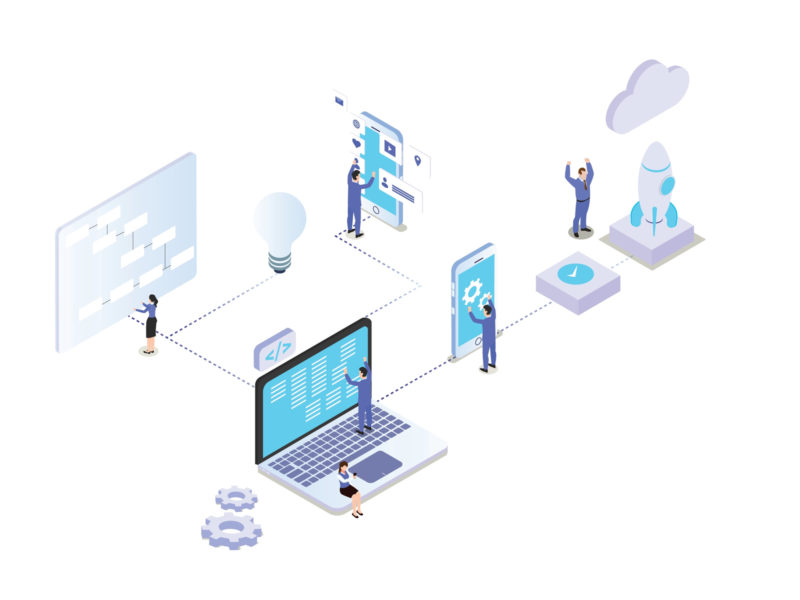
Knowing what mobile technology to use involves understanding who your target audience is and what platforms they use.
Not every business has the budget or capital to build an app for every platform, so starting with the platform your mobile users are most likely to use is a good start when developing an app.
2.3 Validating Your App
Validating a mobile application through rigorous testing is a key component in the mobile app ecosystem.
Crashes, bugs, display and launch errors are all too common pitfalls with new mobile apps, which of course, leads to mobile users uninstalling the app.
There’s a wealth of online tools that can help developers simulate user interactions and sequences for app functionality and performance testing.
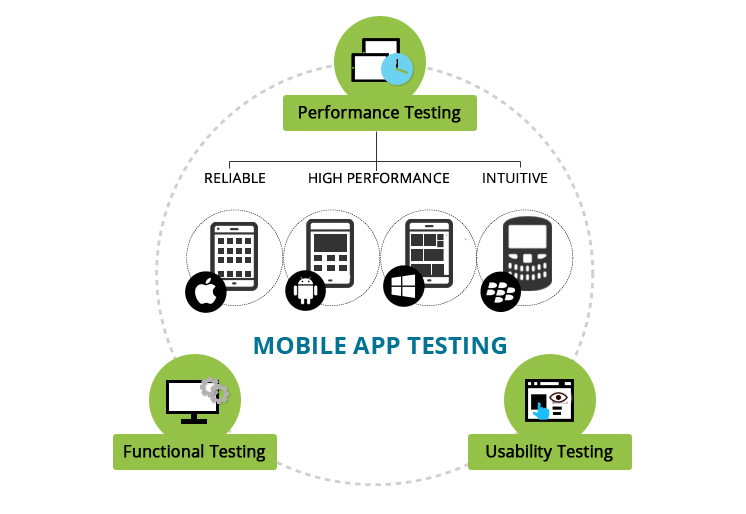
Photo Credit: dzone.com
Chapter #3: Mobile App Discovery
How apps are discovered plays a big role in the mobile app ecosystem. There are app stores for distributing apps and then there’s app store optimization for getting mobile apps in front of the right viewers.
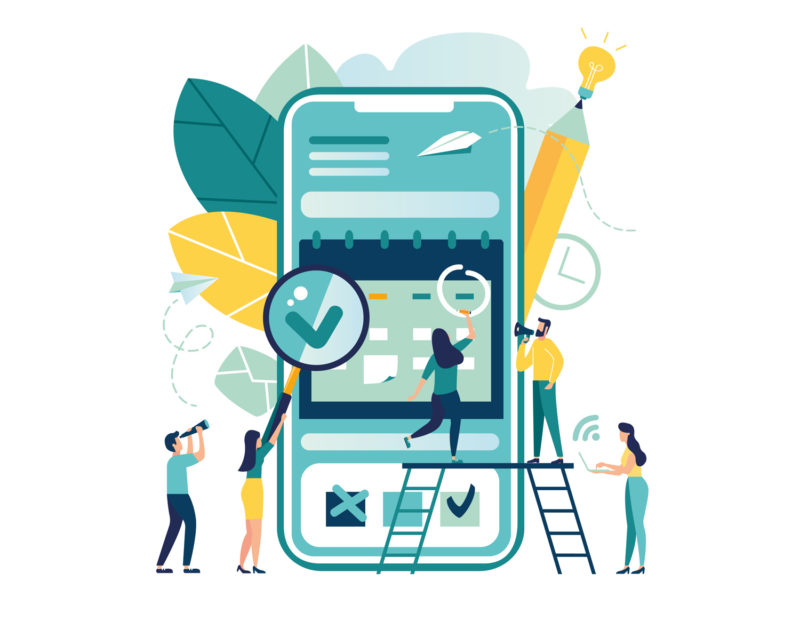
3.1 Mobile App Distribution Through App Stores
The app world and ecosystem of mobile app distribution offer a fairly low barrier to entry for developers looking to create and publish their app.
App stores like Google Play Store and Apple’s App Store offer a wealth of resources and the cost is very low to publish an app. On some stores, it’s completely free, making competition fiercer than ever.
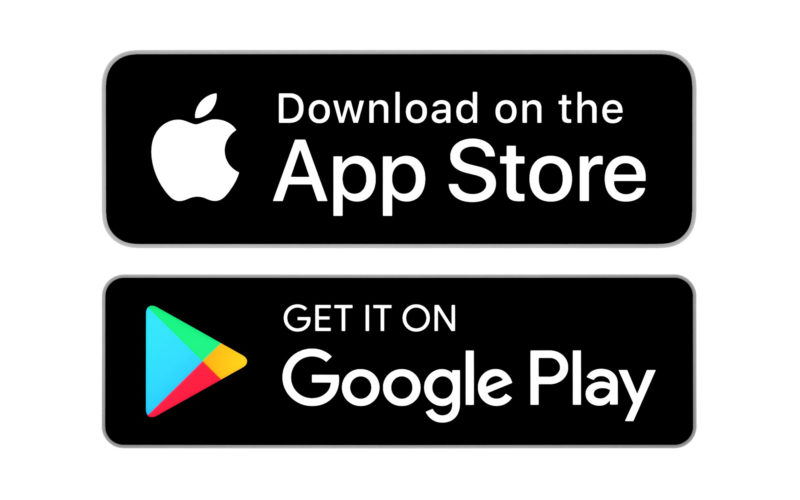
App stores are where mobile users can browse and download apps, sort of like a digital marketplace for mobile apps.
Developers or a mobile app development company can publish their app on one app store or many and take advantage of each platform’s offerings, like marketing and analytics.
3.2 App Store Optimization (ASO)
App store distribution is the key way in which users find apps, but it doesn’t mean much without efficient app store optimization efforts.
App store optimization, or ASO, is the process of using various mobile techniques to increase an app’s visibility in app stores.
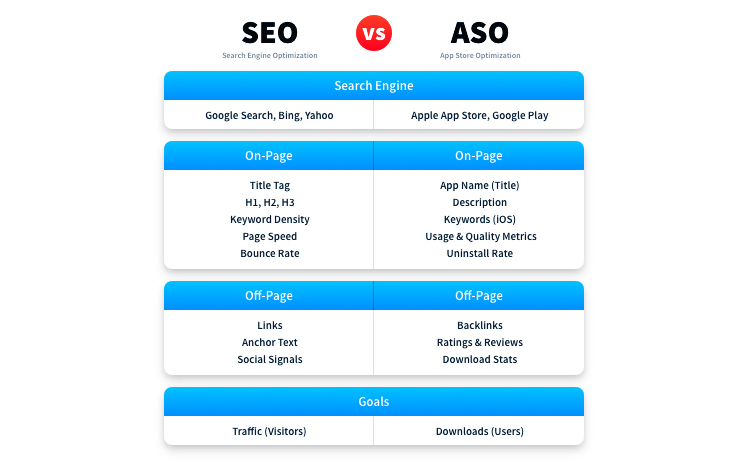
This includes maximizing keywords, choosing a relevant app name, including high-quality images and videos, writing an efficient app description, and much more.
All of these factors will weigh heavily on the app’s ranking in app stores, which of course is key to getting found by your target audience.
3.3 App Acquisition Partners
In addition to publishing your app in multiple app stores, developers can also take advantage of the variety of app acquisition partners available to help drive attention to an app.
Some popular partners include Google, Facebook, and Twitter.
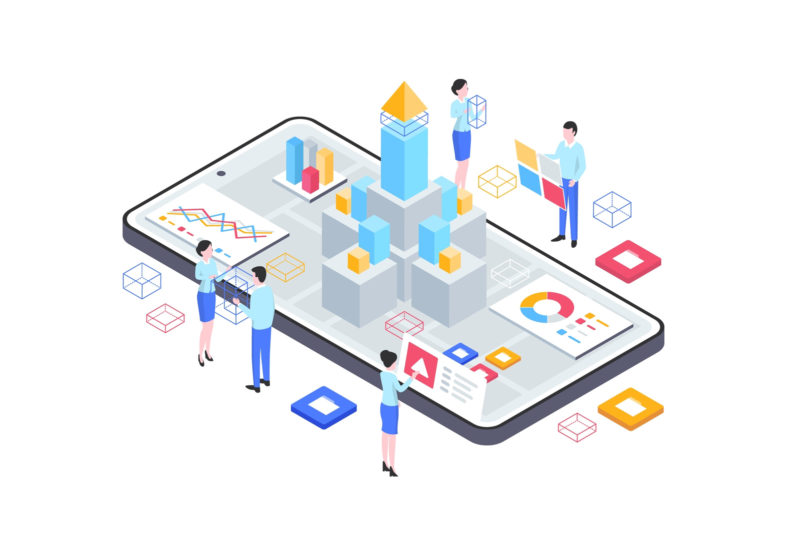
Facebook, for example, offers a variety of advanced audience selection tools. You can choose targeting options like age, demographics, interests, and more to help refine the tool and generate new leads.
Facebook also allows you to create custom target audiences based on user activity in your app, which is especially useful.
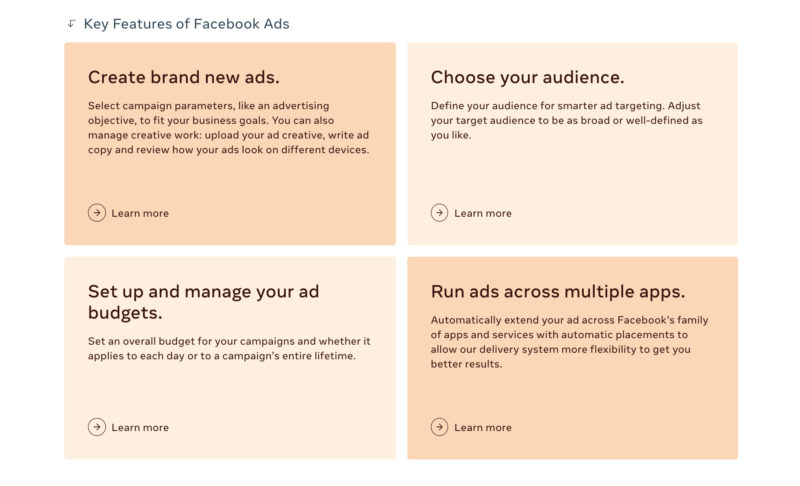
Chapter #4: Mobile App Monetization
There are various ways in which mobile app developers can make money from their apps and create a sustainable business model that’s profitable.
Apps typically generate revenue through in-app sales or through up-front app purchases. Developers can also monetize their apps through advertising.
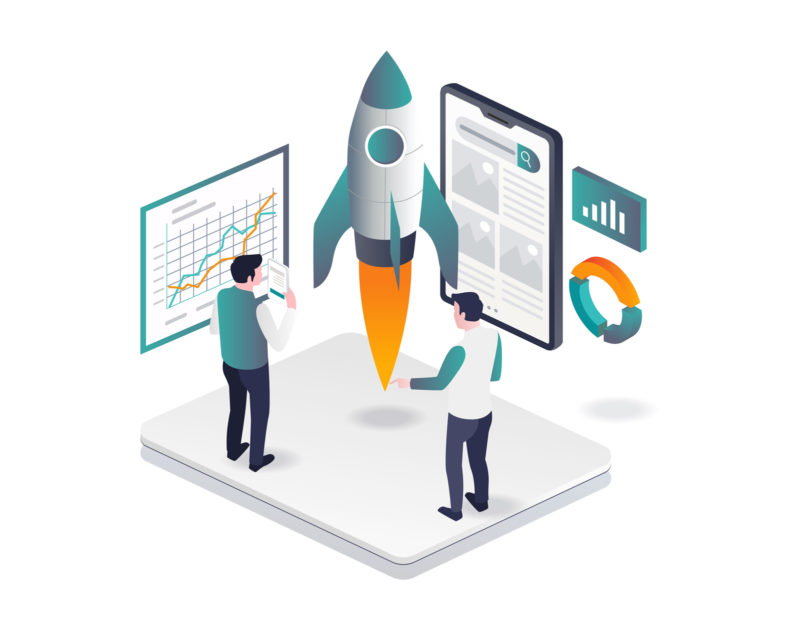
4.1 In-App Purchases
This monetization method is about offering users the ability to purchase digital content, services, subscriptions, or additional functionality in the app.
It can be used for free apps or paid apps.
One of the biggest in-app purchases is virtual currency, like coins, which is often found in gaming apps.
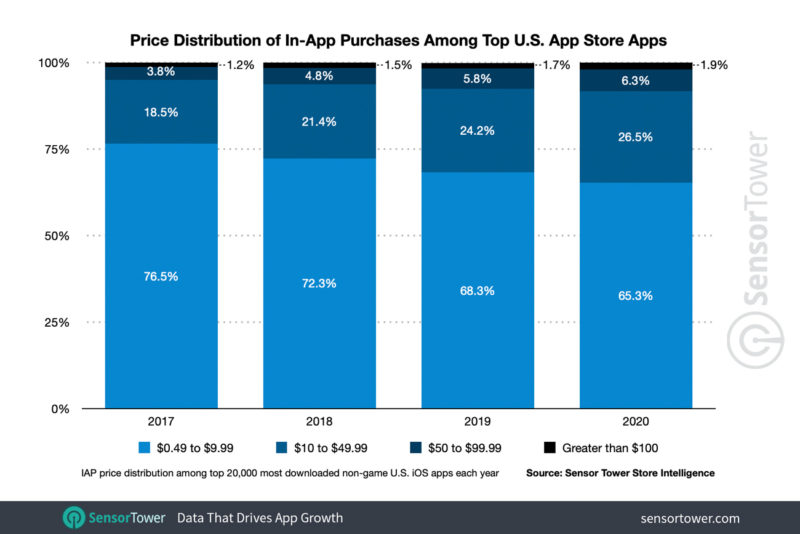
4.2 Freemium and Subscription Model
Many developers use the subscription model to make money from their apps.
This means that app users can download the app for free, but then after a specified period of time, they’ll need to pay a recurring subscription fee to continue using the app’s features.
This is a popular revenue model because it gives users full access to the app’s features as a sort of trial period. If users like what they see, they can opt to pay to continue using the app.
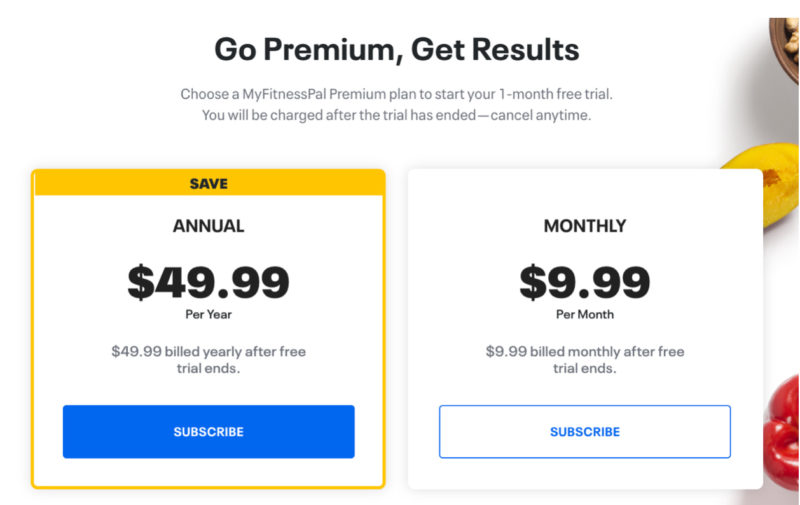
This is also popular for developers, as it gives them a steady and constant stream of revenue.
Some mobile apps can also offer a freemium-type model, which gives Android users and iPhone users access to some features, but not all. To get access to all features, app users will then have to subscribe.
4.3 Advertising
As time spent in mobile applications continues to rise, so too does the demand for in-app advertisements.
You can see this type of monetization model in the form of banners, pop-ups, and push notifications which may advertise a product, service, or another app.
There are also affiliate ads, reward ads, and more.
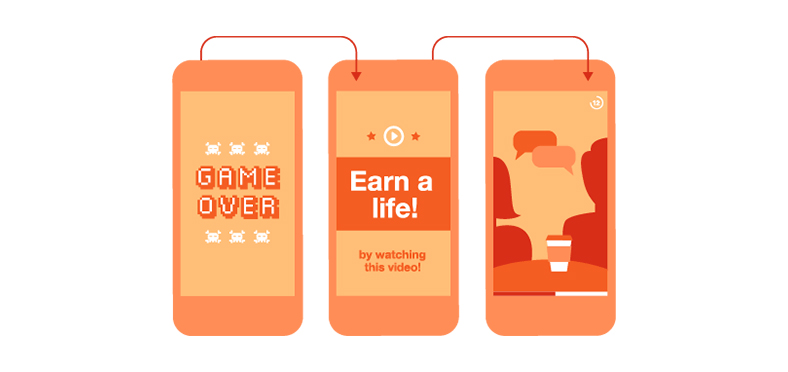
Photo Credit: mopub.com
PRO TIP:
In-app advertising can be very profitable when done correctly and within a genre of mobile apps that makes sense, or it can be annoying or frustrating to app users if done incorrectly.
The use of advertising can be controlled by developers and used based on a user’s progression through the app, offering additional flexibility.
4.4 Payment Solutions
App stores make payments and billing easy for developers. Apple’s App Store offers the Storekit framework and Google Play offers their In-App billing service.
These third-party payment solution providers also offer additional payment services and support, like inventory management and multiple purchase options for users.
It benefits everyone involved to make transactions as seamless as possible for app users.
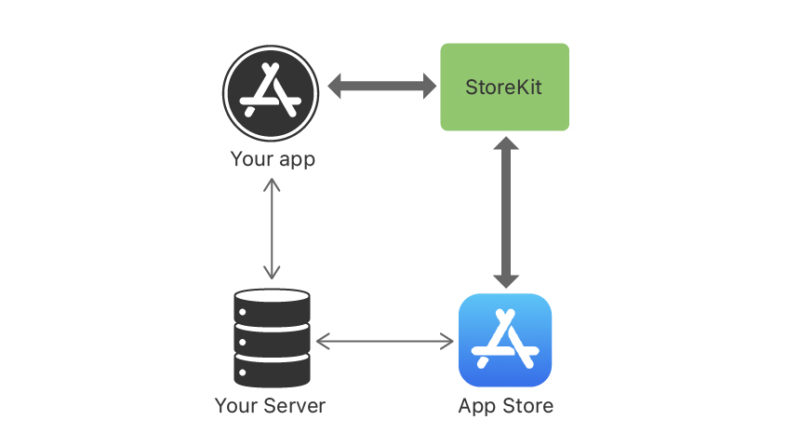
Final Thoughts
The mobile app ecosystem is a vast one that encompasses a wide range of processes and phases involved in the app development journey.
Mobile app developers have a lot to think about if they want to achieve success. Not only is there coding to consider, but planning, market research, app store optimization, monetization methods, third-party tools, and plenty more.
Fortunately, not everything needs to be built from scratch when developing a mobile app. There’s a wealth of tools, resources, and third-party partners you can leverage to kick off your mobile app project.
You can take the first steps today with our Simple Starter package which includes a technical writeup of your app ideas, wireframe sketching to bring those ideas to life, and target user analysis so you can know who your audience is.
Have you built an app before? What have been your go-to tools in these complex mobile app ecosystems?

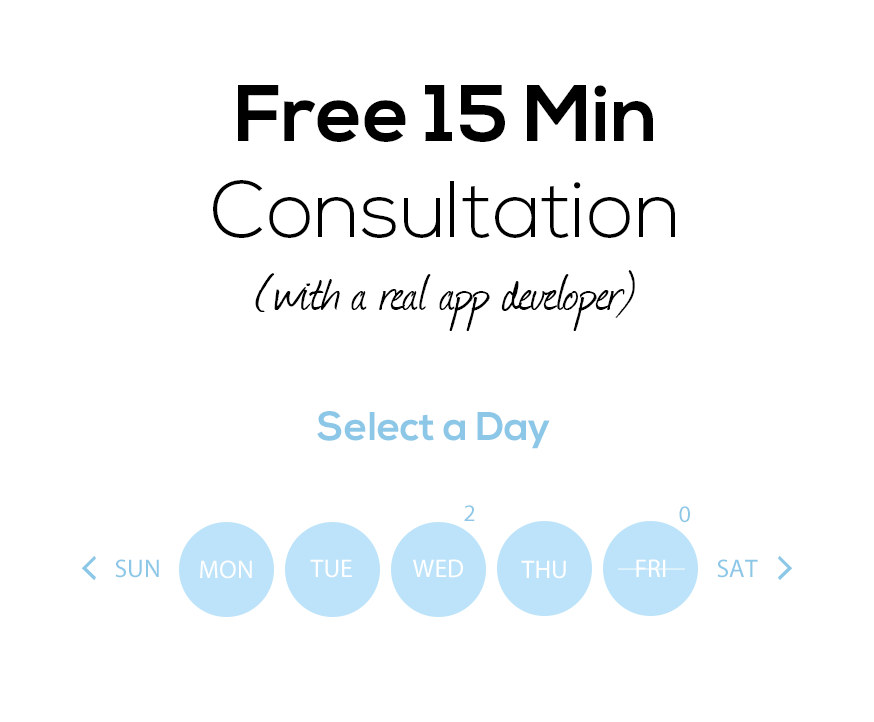


Your inbox wants some love.
Stay informed with Webiotic latest










0 Comments